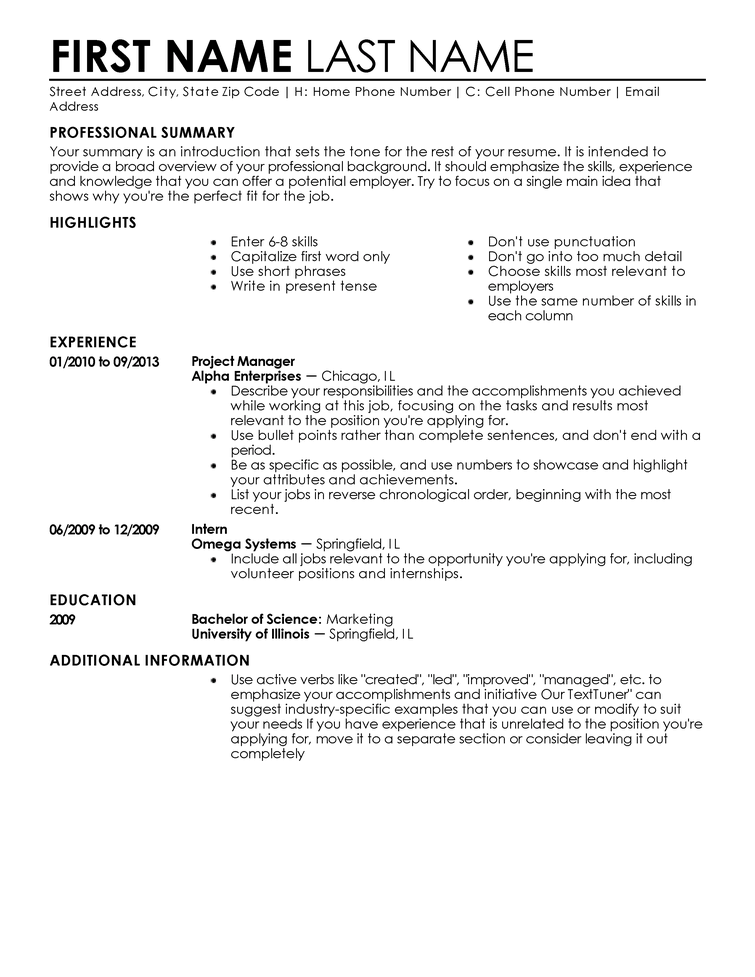I lost three people to cancer in the past twelve months or so. And I am about to lose more. People gone before their time, gone in their prime, mothers with teenaged children, people who their families and friends had taken for granted and will now never see again.
When I reached forty, my worldview changed suddenly. Mortality, which was just a distant thought yesterday, suddenly lurks at every corner, chasing when you're not looking, waiting to catch up. You try to outrun it somehow, start exercising, start eating healthy, look at the kids with new eyes- my older one is grown already, too old to hold and hug. My younger one is growing fast...
And yet time does not let you rest. It is said, and so truly, that 'time' is the only asset we have. So it leaves me with that terrifying thought- What if I never end up writing that book? What if I never end up finishing my PhD? What if I never end up travelling to those places in the world that I would love to see with my own eyes? Or read the many books that I would love to read?
Time is such a fleeting thing these days, at this age more than ever before. Once you step into your 40-s is when it hits you. You're never going back to your youth again. You are never going back to dreaming to do things. It is the last chance to act. It is the last decade when you can still travel around the world without worrying about health all that much. Before the hot flushes and the mood swings... I realise I have to get ready for those as well. Isn't it lucky that I will experience them though? So many are gone before they can.
On social media I often see photographs of my friends, men and women who are my own age, whitened and smoothed away to perfection. I smirk at them, till I post a photo of me on a social media site and when I open and see it- my god- are these wrinkles around my eyes??!! I ask my daughter. She says- 'Don't worry, they are laughter lines.' Sage words from the 14 year old who cant yet turn her jeans the right way when she dumps it in the laundry. Anyway, I don't have any paid apps to smooth away age-signs, so I go to a free app and run the little blob around my eyes and mute the lines a bit. That version looks a tad better, not much difference but at least the lines don't point to my age so starkly. Am I ageing gracelessly? I ask myself. Am I already asking the A-word??
Then after a few days I see a photo of another college friend, she who was the cynosure of all eyes, the college babe. Everyone, including me, was in love with her at one time. And I see her hot photo, red flowing low cut dress and all, arms perfect, shapely body, not an ounce of fat! I see her face. And I see the lines, same as mine. Only she didn't bother to iron them out digitally. Oh the confidence of beauty! It does not change with age then. She is my new hero now. My next photo will go up without alterations, well, much alterations definitely. I shall be graceful in accepting that I am about to age now and no force in the world, except the plastic surgeon's scalpel which I cannot afford, can stop it.
I have also started feeling an emotion which I have never felt in my life before. Loneliness. Being an introvert helps in a world where no one has time for you. I have always been my own best company. For years I have lived a life where I have needed very little else than my own family, my books, the few friends I have (can be counted on the fingers of one hand, literally) and my work, not always in that order. But recently, I have felt lost sometimes, not knowing what I should be doing, whether I am doing enough, feeling too tired to do anything, and feeling guilty for doing too less. I need others to tell me that I cant humanly do anything more. That yes, I do need my rest, and I do need to sleep more. That I do need me-time, the odd massage, the gym hours... so few say these things anymore. They are all busy earning money, and I am not.
So I try to justify myself in my PhD topic. I think, let me work on career success, and lo! I have friends here. Career success is not about money all the time. It is about how you feel. And hence I am successful because I am satisfied in how my life has shaped up, money or no money, proved by peer reviewed research, and nothing you can say can change that any more.
Age will do things to you, young one! It is not right to think you are invincible. The only thing one can do is to ride the waves and try to find ones own path to satisfaction. Satisfaction is NOT death. Death is death. Do be satisfied primarily that you are NOT dead. There is so much more still to fight for, live for, so many books to read, a book or two to write, children to see grow, God willing grandchildren to bring up... I am just thankful if I get to do all that, ageing notwithstanding.








